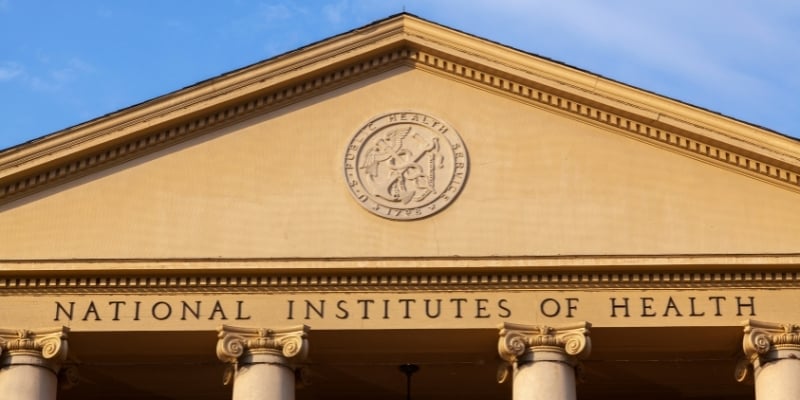The science is clear. The riskiest places for the spread of the coronavirus are indoor spaces where people are not wearing masks. Indoor restaurants are, alas, ideal locations for the spread of infections.
Restricting indoor dining provides a crucial lever for reducing COVID-19 deaths and illness. But, doing so also has devastating economic implications for the restaurant industry if indoor dining restrictions are not coupled with economic support.
In study after study, restaurants are linked to coronavirus spread. The evidence comes from scientific studies investigating sources of outbreaks, the impact of policies, and recent activities of infected people.
One study found adults in the United States infected with SARS-CoV-2 were more than twice as likely to report having recently dined in a restaurant, compared to people who tested negative for the virus. Another study found that states that implemented restaurant restrictions early had markedly slower growth in SARS-CoV-2 cases in the spring.
Studies of human movement indicate that restaurants can be superspreader locations — gathering spaces where patrons and workers can acquire infections and spread them to their communities.
These findings align with the latest science concerning how the virus spreads. Imagine infected diners sitting at a restaurant. They aren’t wearing a mask because they are eating. The infected persons release virus into the air when they talk and even when they breathe. Those virus particles can travel and remain in the air for hours so that people throughout the restaurant may be exposed. Indoors is riskier than outdoors because the walls and ceilings that enclose indoor spaces trap the virus, allowing it to build up in the air over time — much like cigarette smoke.
Even if waiters or diners stay more than six feet from the infected person, they can be exposed to the virus. In fact, a recent study described a diner sitting over 20 feet away from an infected person in a restaurant for only five minutes became infected (security video was used to confirm exposure time, and virus samples from both diners were genetically sequenced to confirm the chain of infection).
Restaurant workers face triple jeopardy. First, they are at risk of becoming infected on the job. They spend hours moving around dining rooms where infected, unmasked patrons may be present and emitting the virus. When infections in a community are high, as is currently the case in much of Colorado, workers may encounter multiple infectious people in a single shift. Physical distancing is challenging in kitchens designed to maximize efficiency, not the spacing of cooks, dishwashers, and bussers. Masks offer some protection, but cloth masks work best when everyone is wearing them.
Second, restaurant workers risk spreading infections to their families. One study estimates that, on average, an infected person spreads the virus to half those in their household. The consequences can be deadly, particularly for older family members.
Third, restaurant workers face severely reduced wages and unemployment as dining rooms close. In Colorado, the restaurant industry employs over 275,000 Coloradans. The restaurant industry is also a critical source of income for many small businesses that support the restaurant industry — from florists to farmers.
To be honest, we had hoped the science would exonerate restaurants. We all have favorite restaurants where we celebrate milestones, connect with friends and family, and find comfort in a favorite meal. We worry they won’t be here when the pandemic ebbs. Some have closed already.
So, what do we do? The science shows that restaurants and bars should remain closed to indoor dining until community spread is reduced to low levels, slowing the spread of infections and saving lives.
The economics are also clear: restaurant workers and the many small business owners in the industry are sacrificing their livelihoods to slow the spread of this deadly pandemic. They need rapid, robust financial support. As individuals, we can support restaurants by ordering take-out and tipping well. As a society, we need to deliver economic relief at the local and federal level.
Closing indoor dining will help us survive the pandemic. Let’s make sure the restaurants have the support they need to survive as well.
Jonathan Samet is dean and professor at the Colorado School of Public Health and Elizabeth Carlton is an associate professor for the school at the University of Colorado Anschutz Medical Campus. Both are members of the Colorado COVID-19 Modeling Team that provides epidemiological modeling of Colorado’s COVID-19 epidemic for the state. The members of the Colorado COVID-19 Modeling team contributed to this op-ed.
Written by members of the Colorado COVID Modeling team from the Colorado School of Public Health at the University of Colorado Anschutz Medical Campus, as well as faculty at CU Denver, CU Boulder, and Colorado State University: Elizabeth Carlton, jimi adams, Andrea Buchwald, Jude Bayham, David Bortz, and Jonathan Samet.
This guest commentary originally appeared in the Denver Post






